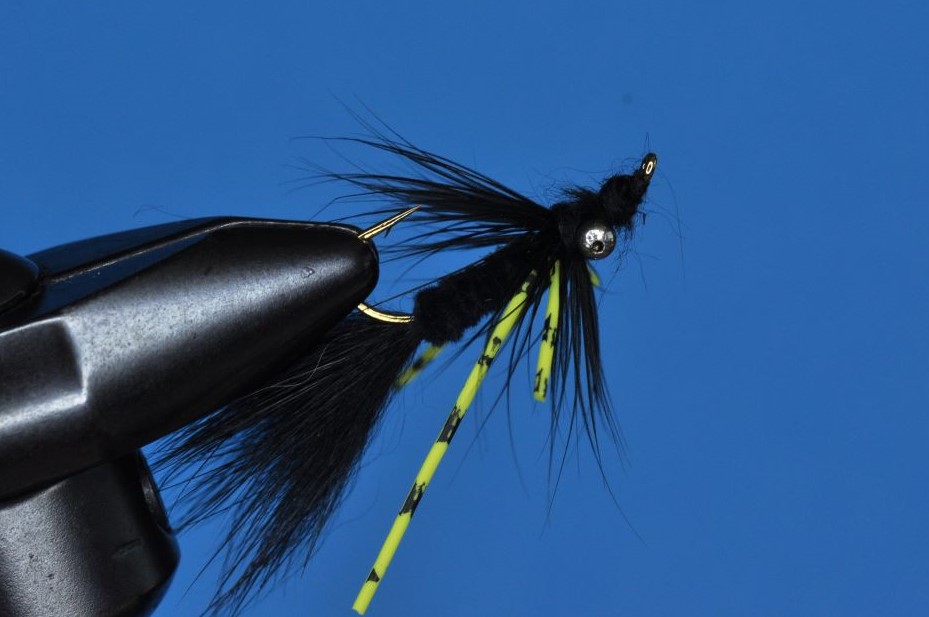
Looking for something else?
Try one of these!
Rubber Legged Dragon Step-by-Step:
Sticking with our recent warmwater theme, this week’s Step-by-Step tutorial highlights another great wet/nymph pattern for targeting panfish, bass and even carp.
Originally designed by Carter Nelson (whose accolades include being former guide to President Jimmy Carter), this pattern is best described as a generic nymph capable of imitating a variety of aquatic invertebrates. Tied in smaller sizes (#12-14) this may include mayfly or damselfly nymphs. However, tied on a larger hook (#6-10) I believe this pattern is a suitable imitation of the heavier bodied dragonfly nymphs as its name would seem to imply.
Tied in black (as shown) or olive, and fished along the bottom, this pattern is an ideal panfish attractor in any warmwater system.
Disclosure: This post contains affiliate links. A small commission may be paid for purchases made through these links.
Rubber Legged Dragon Step-by-Step Tying Instructions:
(Mobile Viewers: Click images to enlarge)
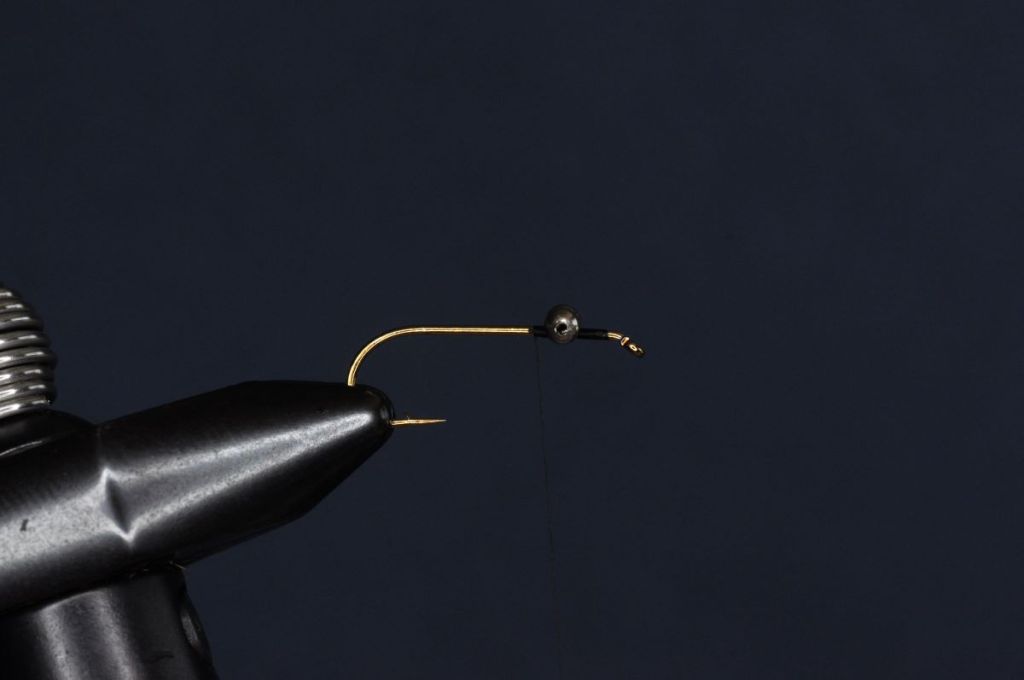


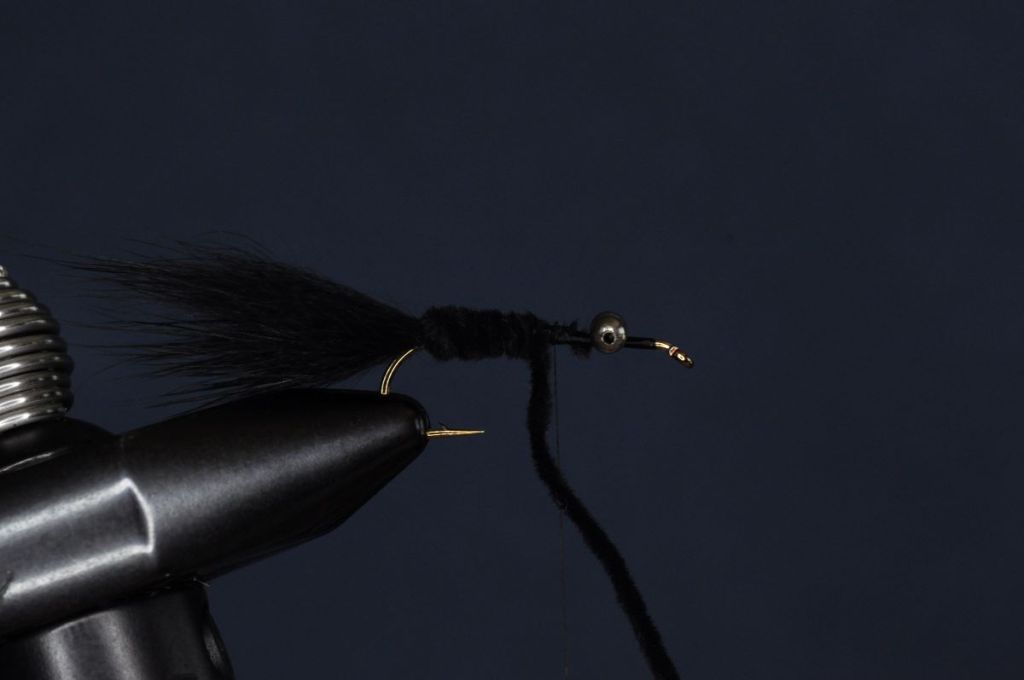

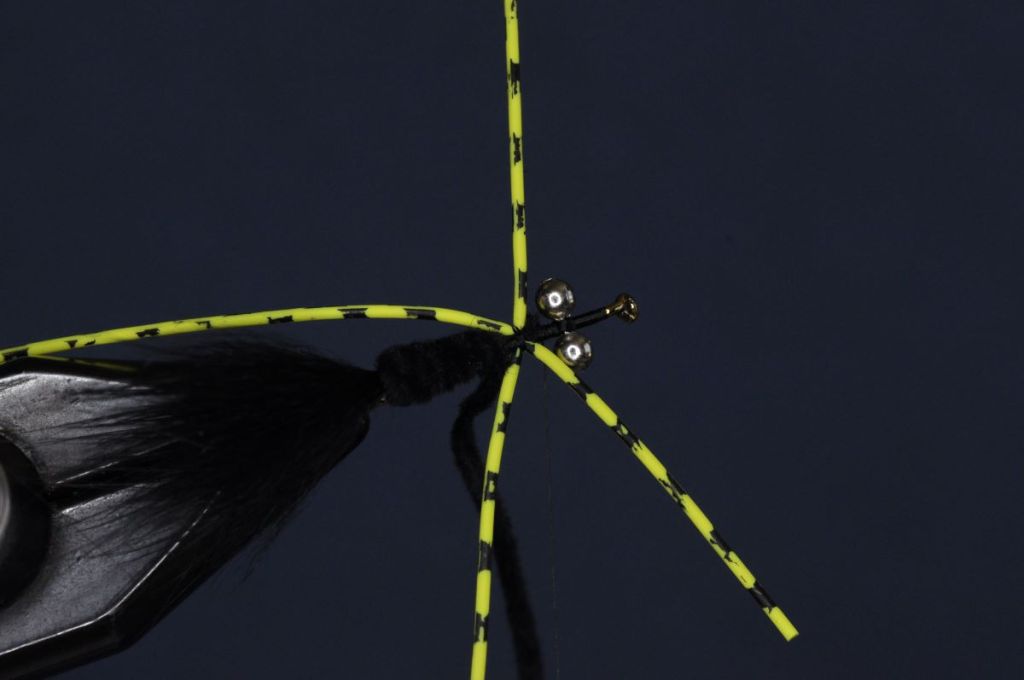
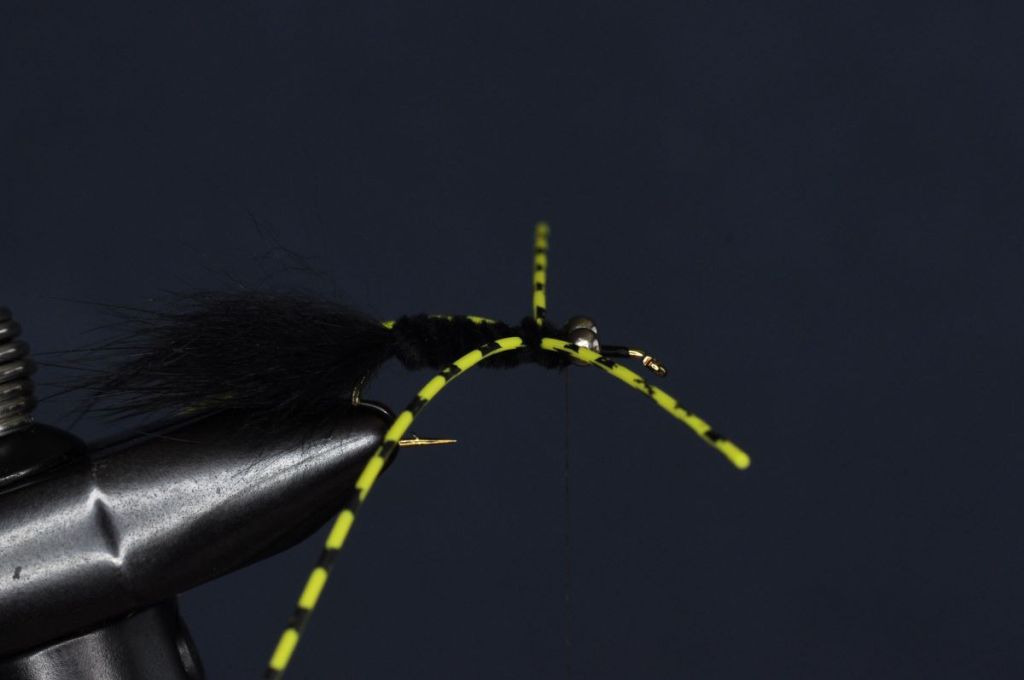
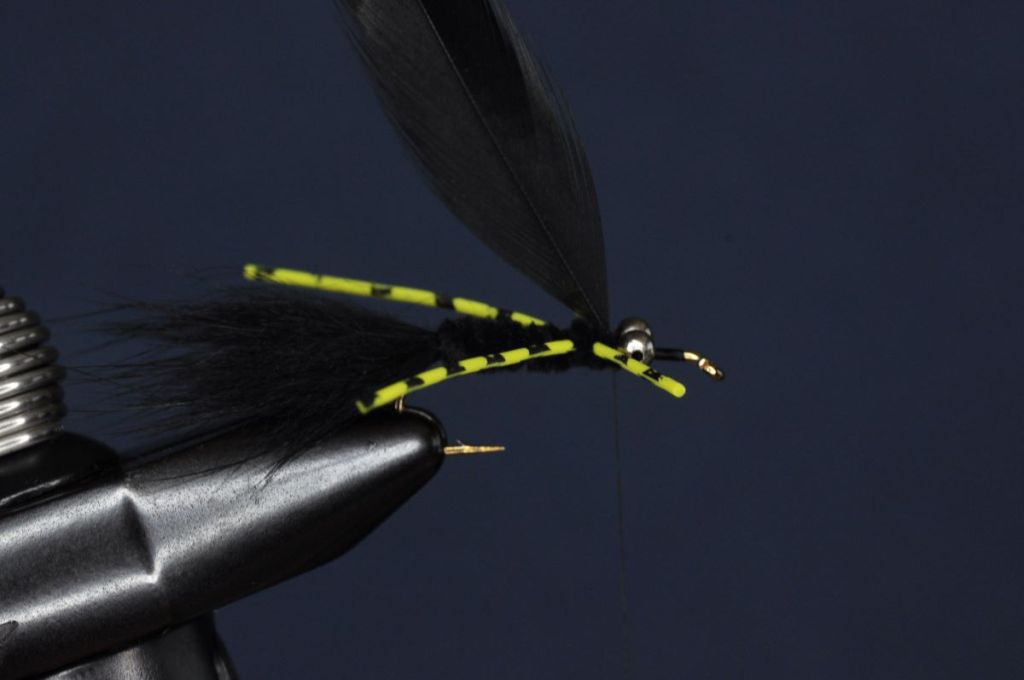

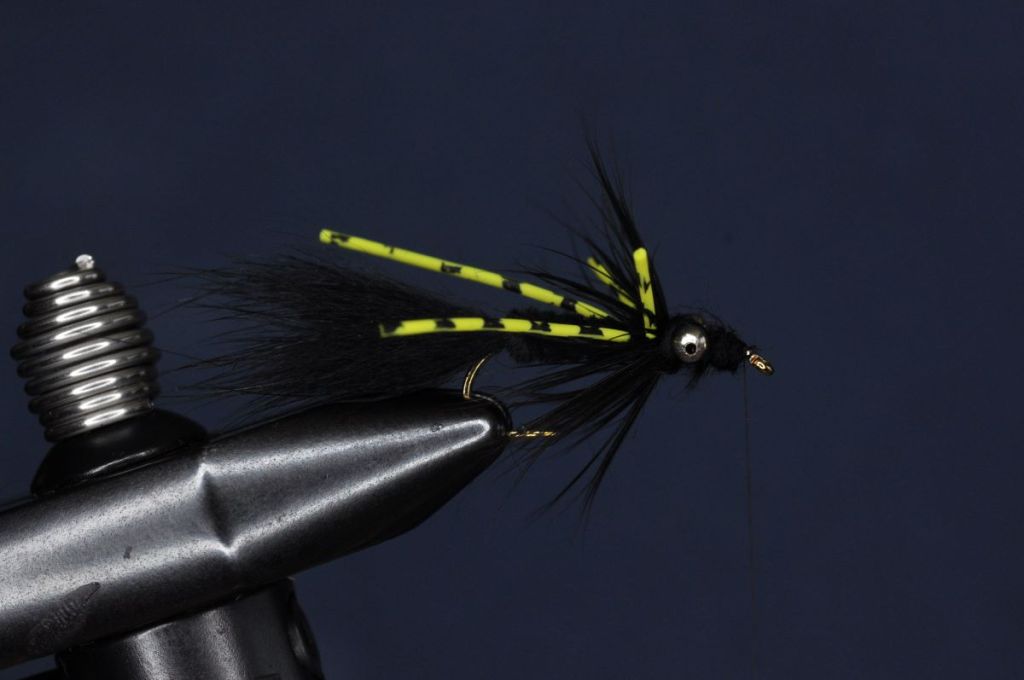

Tips and Tricks
- Color Selection – Though their adult counterparts are often vividly colored, dragonfly nymphs are quite drab in comparison. As such, stick to black, olive or other earth-tones when tying this pattern. Black in particular is said to work well in off-colored water.
Proof of Concept
For this week’s proof of concept, I stepped out my backdoor and gave the pattern a trial run in my “test pond.” The water has been off-color in the pond all spring for some unknown reason, and, as a result, fishing has proven significantly slower than springs past. The fish are still there, however, and, with dragonflies ever-present during the warmer months, this nymph seemed a suitable option.
Allowing the pattern to sink to the bottom, I began slowly working the fly along the substrate with short, methodical strips.
Like-clockwork, a subtle tap would interrupt my retrieve every few casts.
Though none would qualify as “dinner plates,” each of the half dozen sunfish that followed were large enough to put a bend in my 4wt. More surprising, for the first time in three years, one of the six sunfish landed was not a bluegill. Instead, the final fish of the morning bore a strong resemblance to a Longear (or perhaps hybrid there of).
Needless to say, this pattern is well on its way to becoming a mainstay in my panfish box.
Tight Lines!
-Chris

Species Caught on the Rubber Legged Dragon to Date:
- Blugill
- Longear Sunfish








Going to have to try that one. Thanks Chris